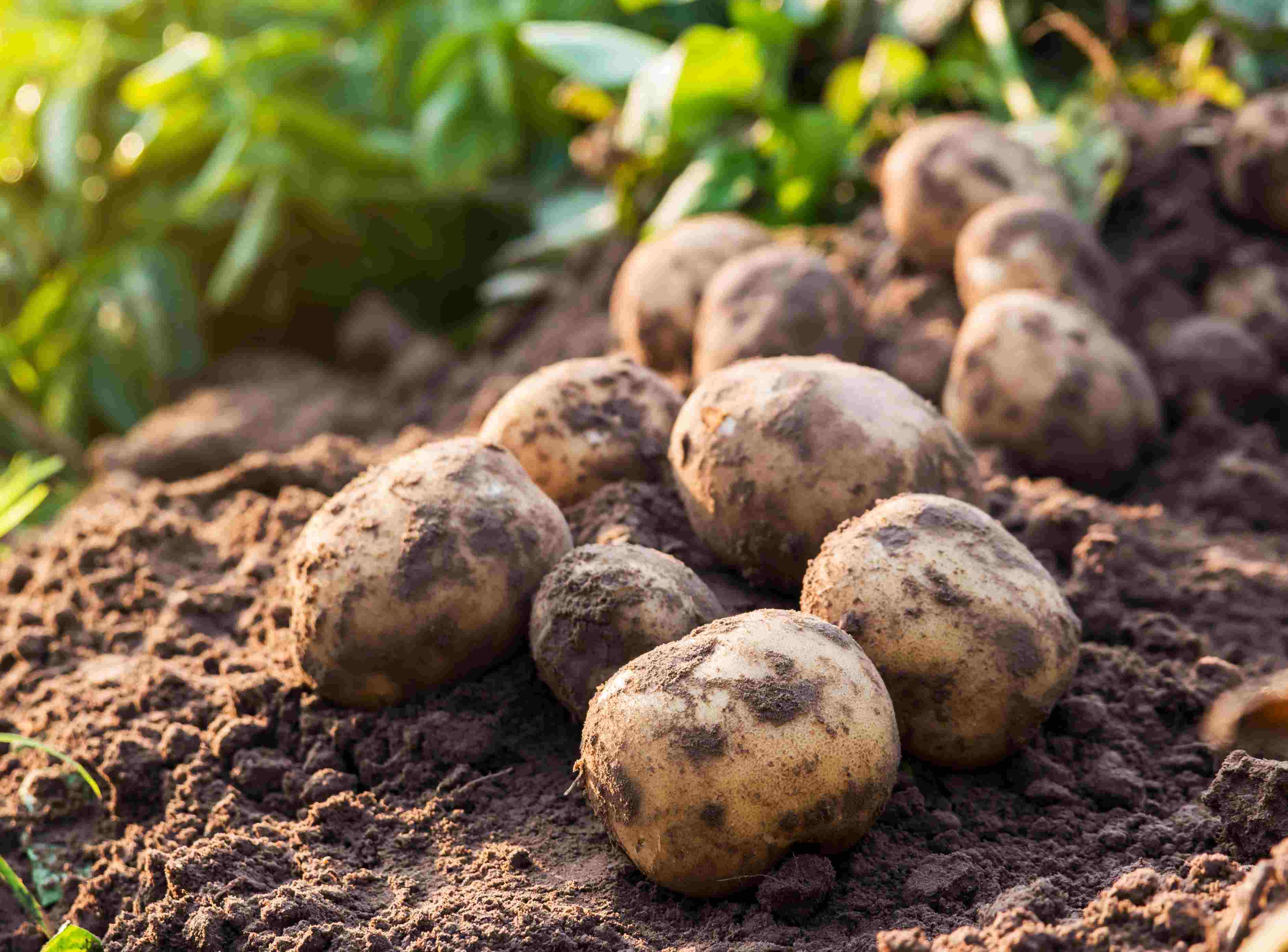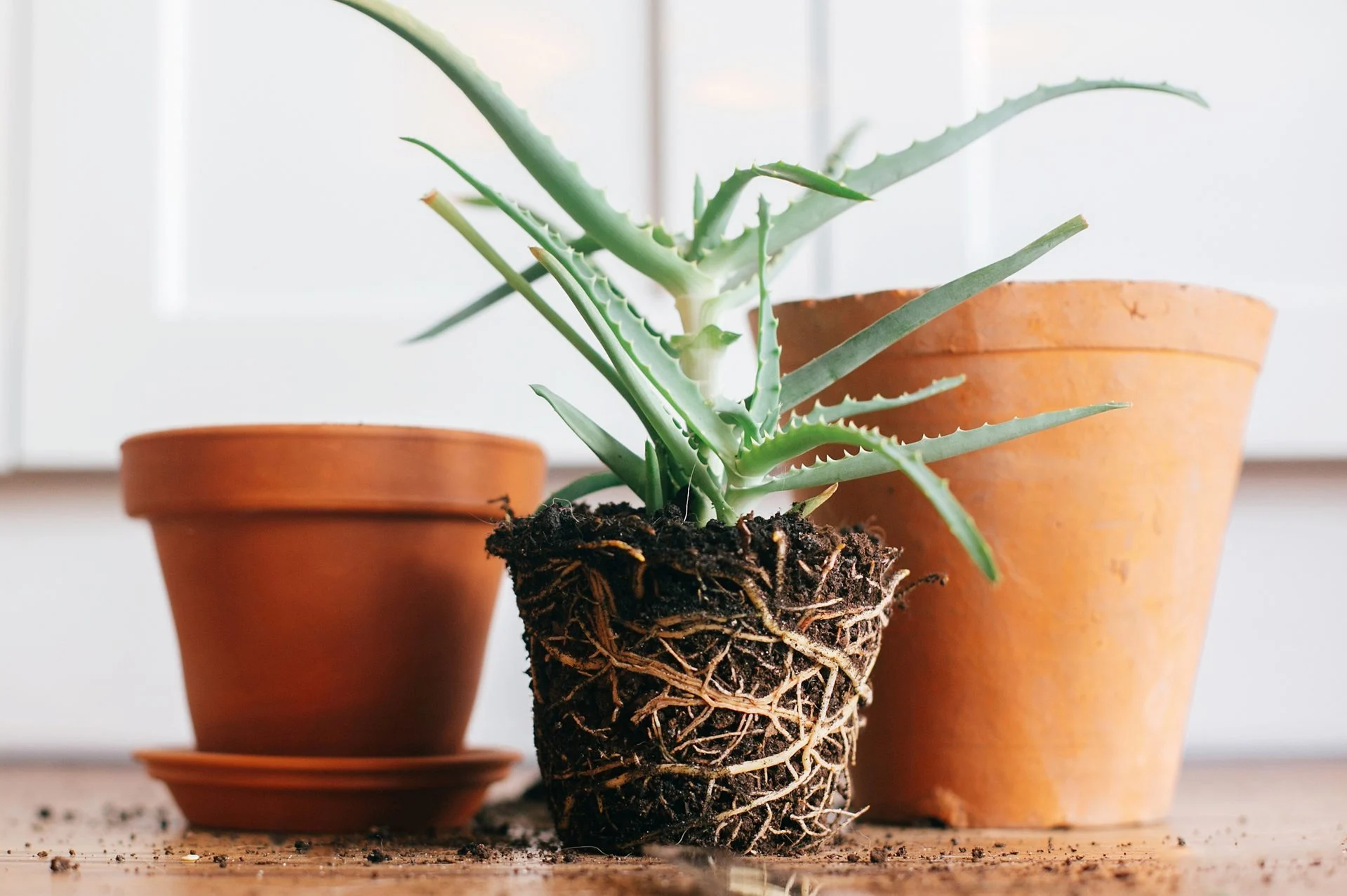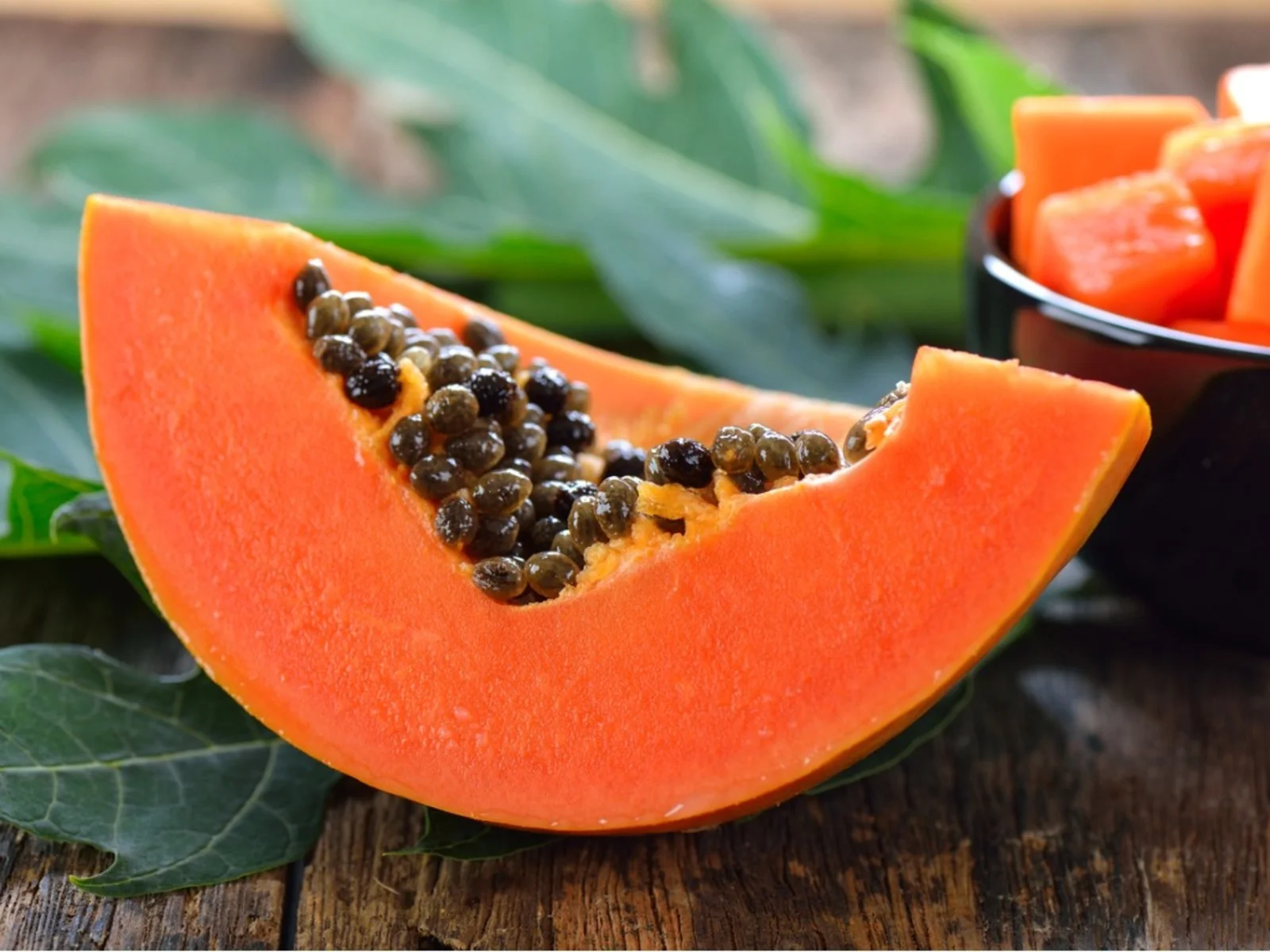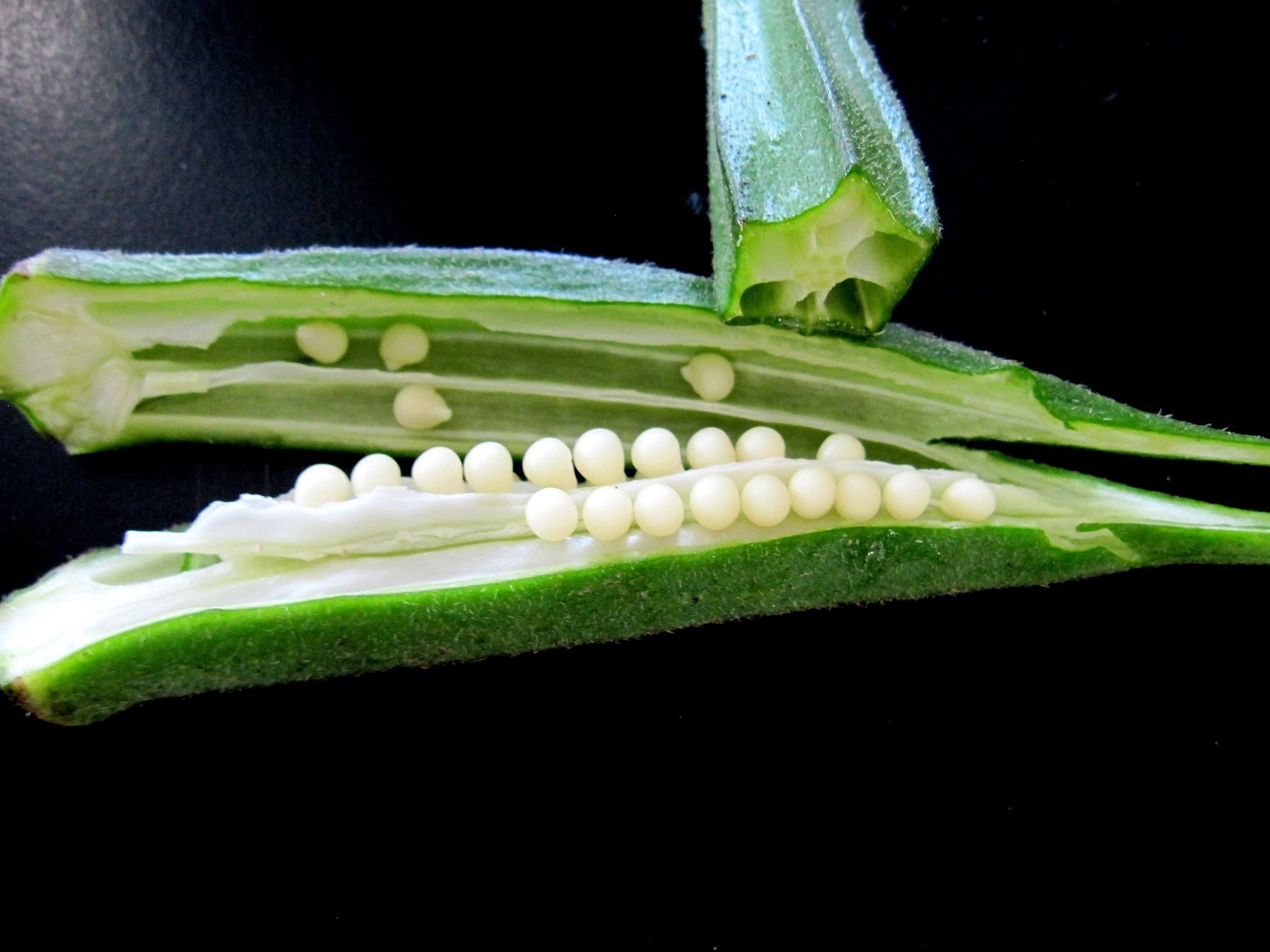Home>Types of Gardening>Ornamental Gardening>How Long Do Spider Plant Roots Need To Be Before Planting
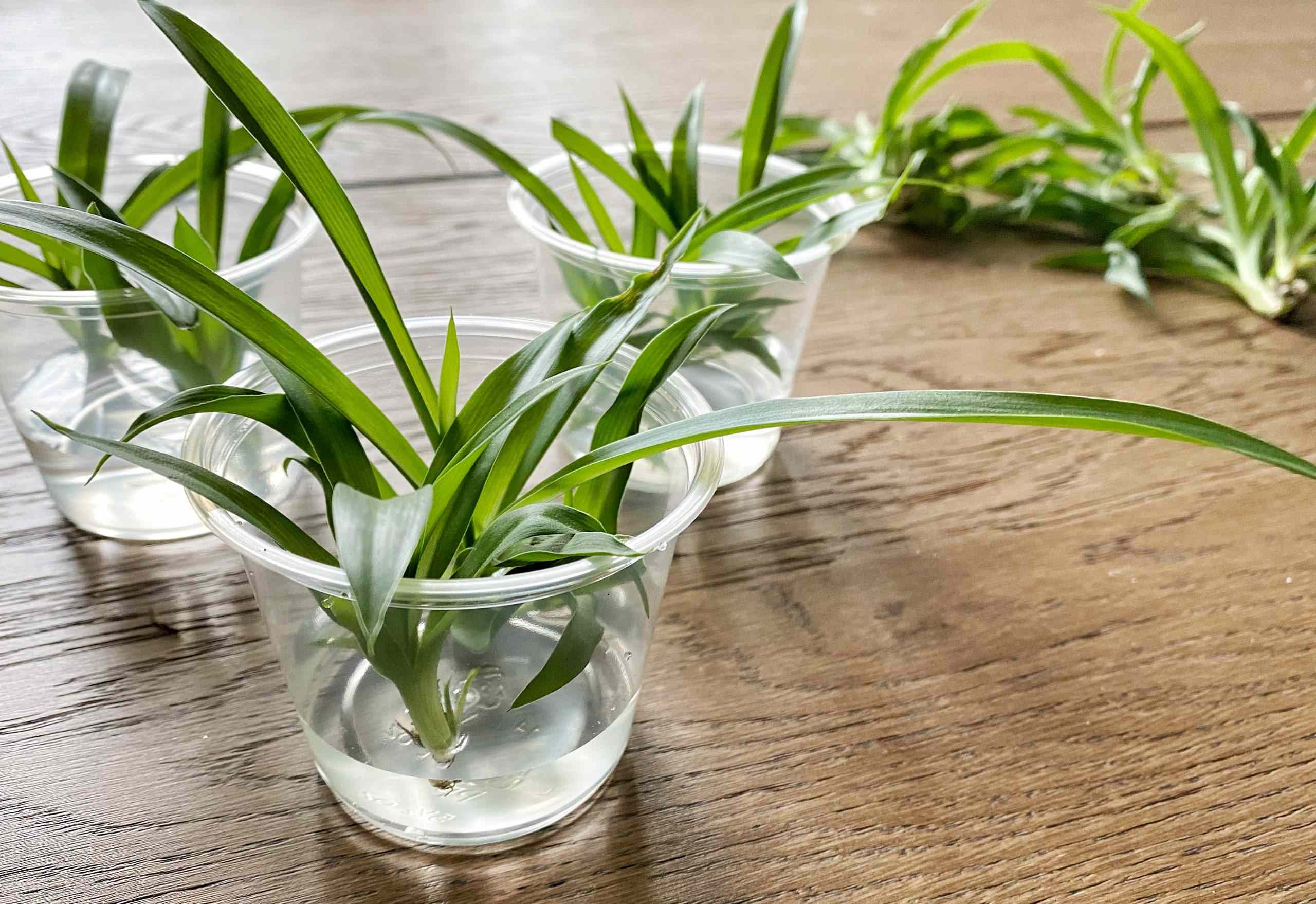

Ornamental Gardening
How Long Do Spider Plant Roots Need To Be Before Planting
Modified: February 9, 2024
Learn the ideal length for spider plant roots in ornamental gardening and when to plant them for optimal growth. Discover more tips for successful cultivation.
(Many of the links in this article redirect to a specific reviewed product. Your purchase of these products through affiliate links helps to generate commission for Chicagolandgardening.com, at no extra cost. Learn more)
Table of Contents
Introduction
When it comes to growing and caring for spider plants (Chlorophytum comosum), understanding their roots is essential. The roots serve as a lifeline for these popular ornamental plants, providing them with essential nutrients and moisture for optimal growth. But how long should spider plant roots be before planting them? In this article, we will delve into the world of spider plant roots and explore the ideal root length for planting.
Spider plants are valued for their cascading foliage and ability to thrive in various light conditions, making them a favorite choice for both indoor and outdoor gardens. Before transferring spider plants to their permanent location, it’s crucial to consider the development of their roots. This not only ensures the plants’ health and survival but also sets them up for long-term growth and vitality.
We will explore the factors that influence root development and discuss techniques to promote healthy root growth. So, whether you’re a beginner gardener or an enthusiast looking to expand your plant collection, read on to discover the ins and outs of spider plant roots.
Understanding Spider Plant Roots
To comprehend the importance of root length for planting spider plants, it’s essential to understand the function and structure of their roots. Spider plant roots are fibrous and consist of numerous thin, thread-like structures called root hairs. These root hairs are responsible for absorbing water and nutrients from the soil, facilitating the plant’s growth and overall health.
Spider plants have a relatively shallow root system, extending just a few inches below the soil surface. This characteristic makes them well-suited for container gardening, as they don’t require extensive root space. However, despite their shallow depth, spider plant roots have a considerable spread, allowing them to gather nutrients efficiently.
The roots serve as an anchor, keeping the plant stable and secure in the soil. Additionally, they play a vital role in the plant’s ability to propagate. Spider plants produce long, arching stems known as stolons, which develop small plantlets at their ends. These plantlets come equipped with their own miniature root systems, enabling them to grow independently once separated from the parent plant.
Understanding the basic anatomy and function of spider plant roots helps in determining the appropriate root length for successful transplantation. By ensuring the roots are of sufficient length, you can establish a strong foundation for the plant’s growth and stability.
Ideal Root Length for Planting
When it comes to planting spider plants, it’s crucial to have a clear understanding of the ideal root length. Generally, spider plant roots should be at least three to four inches long before transferring them to a new pot or planting them in the ground. This length ensures that the roots are well-developed and capable of absorbing nutrients effectively.
Transplanting spider plants with shorter roots may cause stress to the plant, as they may struggle to establish themselves in the new environment. Insufficient root length could hinder the plant’s ability to absorb water and nutrients adequately, leading to stunted growth or even plant failure.
It’s important not to rush the process of transplanting spider plants. While it’s exciting to see them grow and flourish, giving the roots enough time to develop will ultimately set the plants up for success in their new home.
Before deciding to transplant spider plants, it’s essential to assess the overall health of the plant. Look for signs of healthy growth, such as vibrant leaves, sturdy stems, and a well-established root system. These indicators suggest that the plant is ready for transplantation.
Keep in mind that the ideal root length can vary depending on the specific plant’s size and growth rate. Larger spider plants may require longer roots to support their growth, while smaller ones might be ready for transplanting with slightly shorter roots. Observing the plant’s overall health and assessing the root length will help determine the appropriate time for transplantation.
Factors Affecting Root Development
Several factors can significantly impact the development of spider plant roots. Understanding these factors can help you create the optimal conditions for robust root growth and overall plant health. Let’s dive into some of the key factors that influence root development:
1. Soil Quality:
The quality of the soil plays a vital role in root development. Spider plants prefer well-draining soil with good moisture retention. A rich, loamy soil mixed with organic matter enables roots to establish themselves and absorb nutrients effectively.
2. Watering:
Proper watering is crucial for promoting healthy root development. Overwatering can lead to root rot, while underwatering can cause the roots to dry out. Ensure that the soil is moist but not waterlogged to encourage balanced root growth.
3. Light Exposure:
The amount of light a plant receives affects its overall growth, including root development. Spider plants thrive in moderate to bright indirect light conditions. Insufficient light can lead to weak root growth, while excessive light exposure can hinder root development.
4. Temperature and Humidity:
Spider plants prefer moderate temperatures and thrive in environments with higher humidity levels. Extreme heat or cold can stress the roots and impede their growth. Maintaining an optimal temperature and humidity level encourages healthy root development.
5. Nutrient Availability:
The availability of essential nutrients in the soil is crucial for root development. Spider plants require a balanced fertilizer, rich in nitrogen, phosphorus, and potassium, to support their growth. Providing the right nutrients in the right amounts promotes strong root formation.
6. Transplantation:
The process of transplanting spider plants can affect root development. Careful handling during transplantation and ensuring the roots are intact minimizes stress and promotes healthy root growth.
By taking these factors into consideration and providing the optimal conditions for root development, you can foster healthy and robust spider plant roots, setting them up for long-term growth and success.
Techniques to Promote Root Growth
Promoting healthy root growth is essential for the overall vitality and success of spider plants. Fortunately, there are several techniques you can implement to encourage robust root development. Let’s explore some of these techniques:
1. Proper Watering:
Ensure that you water your spider plants correctly. Water deeply but infrequently, allowing the soil to dry out slightly between waterings. This encourages the roots to grow and search for water deeper in the soil, promoting a stronger and more expansive root system.
2. Well-Draining Soil:
Use well-draining soil that allows excess water to flow away from the roots. This prevents waterlogging, which can lead to root rot. A mixture of peat moss, perlite, and potting soil provides a balanced medium for healthy root growth.
3. Fertilization:
Fertilize spider plants regularly with a balanced, water-soluble fertilizer. This ensures that they receive the necessary nutrients for robust root development. Follow the recommended dosage on the fertilizer package to prevent overfeeding, which can damage the roots.
4. Root Pruning:
If your spider plant has become root-bound in its container, it may be beneficial to trim back some of the roots before repotting. Gently loosen the outer layer of roots and prune away any long, circling roots. This encourages new root growth and prevents overcrowding in the pot.
5. Propagation:
Propagation is an excellent technique to promote new root growth. Spider plants naturally produce plantlets that can be separated from the parent plant and potted individually. Each plantlet comes with its own root system, allowing for rapid root development and independent growth.
6. Humidity:
Spider plants appreciate moderate humidity levels, which can promote root growth. Mist the leaves with water or place a tray filled with water near the plant to increase humidity. Avoid excessive humidity, as it can create a breeding ground for fungal diseases.
Implementing these techniques consistently and being mindful of the needs of your spider plants will contribute to healthy root development. By creating the optimum conditions for root growth, you are setting the stage for vibrant and thriving spider plants.
Conclusion
Understanding the importance of root length when planting spider plants is crucial for their overall health and growth. Spider plants require well-developed roots to efficiently absorb water and nutrients from the soil. By ensuring that the roots are at least three to four inches long before transplanting, you provide the plant with the best chance of successful establishment.
Factors such as soil quality, watering practices, light exposure, temperature, and nutrient availability all play a significant role in root development. By providing optimal conditions in these areas, you can create an environment conducive to robust root growth. Additionally, implementing techniques such as proper watering, well-draining soil, regular fertilization, root pruning, propagation, and maintaining appropriate humidity levels further support healthy root development.
Remember to monitor the overall health of your spider plants and assess the length and condition of their roots before transplanting. Rushing the process may cause undue stress and hinder the plant’s ability to thrive in its new environment.
With careful attention to root development, spider plants can flourish and bring beauty to indoor and outdoor spaces. By nurturing their roots, you’re not only promoting their growth, but also setting the stage for long-term vitality and optimal plant health.

